PreSonus has today released Studio One 5.0, a major update for its beloved DAW with major new live performance & scoring features.
There has been a lot of rumors over the past few days, now it’s official. Yes, Presonus has updated its DAW again with plenty of new features. Anyone expecting new virtual instruments, content, etc. will be disappointed.
Version 5 update is less about content but more about handy improvements and live performance & scoring features. Also, well-known audio tools have been lovely repackaged and their functions expanded.
All About Live Performances
Studio One 5 introduces a powerful, fully integrated, live performance environment capable of running complete shows from a single computer. The Show Page combines playback of backing tracks with patch management for virtual and real instrument players inside a single window. Studio One Song channel strips, mixdowns, and virtual instrument patches can be directly exported to the Show, simplifying setup. Setlist items can be rearranged and skipped on the fly.With a dedicated full-screen performance view, adaptive real-time controls and a large meter, running a show is simple and reliable, whether you’re playing with backing tracks, controlling virtual instruments, running plug-ins as a virtual effects rack, or all three at the same time.
Score View
Musicians with classical music theory training get their money’s worth in Studio One 5:
Composers and arrangers will appreciate Studio One 5’s new dedicated Score View for the Note Editor. Based on PreSonus’ Notion music composition and notation software, the new Score View is available on its own or as a companion side-by-side view with the Piano and Drum Views, allowing users to enter, view, and edit notes in standard music notation.
The Score View is available per track, so you can edit note data in Score View on one track while using Piano or Drum View on other tracks. Any number of tracks can be viewed simultaneously, so you can work on just one melody line or on chords over an entire orchestral section at once. Notes can be entered manually, in real-time or step recording modes. A basic set of musical symbols is provided, and the symbols directly control playback, allowing you to add tremolos, crescendos, and more and hear it all in real-time.
As an electronic music producer, I can’t really do anything with this new function, to be honest. I think it is extremely useful for composers from classical music, film music, etc. It makes editing notes significantly easier and more precise.
Major Revisions For The Effects
The somewhat older internal effects have also been revised and embellished in the new version. Away from the dull look to optically beautiful plugins:
With version 5, Native Effects have undergone a major revision, adding new features and improvements for many effects, along with a new modern interface with separate dark and light themes. All dynamics effects now have sidechain inputs, and plug-ins with a filter option now have the filter added to the sidechain input as well, enabling more control over the sidechain signal and eliminating the need to add a separate filter up front.
Expanded Mixer & Production Functionalities
Producers will be delighted with the expanded mixer scenes in Studio One 5. Users can now capture snapshots of the entire mixer at any time and can recall snapshots in a variety of different ways, with an assortment of recall options. In addition to limiting scene recall to specific parameters, recalling a scene may be limited to selected channels only. A dedicated Listen bus is also among the improvements to the Studio One mixer, letting users monitor Solo signals through a separate output channel or tune their room using advanced calibration plug-ins while leaving their main mix unaffected.
Studio One 5 includes many more new features, such as audio Clip Gain Envelopes, which provide an additional layer of gain control applied directly on an audio clip—perfect for repairing sections of audio that are too loud or too soft without using a dynamics processor. Aux inputs now allow external audio sources to be fed directly into the mixer without requiring an associated track, so external instruments can be used like virtual instruments within SO (Quantum 4848 interface owners take note: This is also great for outboard processor returns!)
On top, version 5 also adds support for key switch articulations, chasing external timecode (MTC), MPE and MIDI Poly Pressure support, recording in 64-bit floating-point WAV format, and cross-platform support for hardware-accelerated graphics. That’s not all. SO Artist v5 now has built-in support for VST and AU plug-ins, ReWire, and PreSonus’ Studio One Remote control software for iPad® and Android® tablets. It no longer requires an additional add-on purchase.
Studio One 5 is a nice update, a lot has been improved and various unexpected features have been added. Anyone who has been a SO user for many years can access it without hesitation. Presonus keeps going and improving his DAW so nicely that it becomes a better and better experience. Nice update.
Studio One 5 is available now in two different versions: Artist for $99,95, with updates from version 4 priced $49.95 USD. Professional priced at $399.95 USD and updates from SO4 professional are $149.95 USD. Additional upgrade and crossgrade options and educational pricing are available as well.
SO 5 Professional is also available as part of the new PreSonus Sphere, a global community of creative enthusiasts and respected professionals brought together by and for the love of music-making. PreSonus Sphere membership benefits provide access to PreSonus’ entire library of software, including SOProfessional; award-winning Notion notation software; every SO and Notion Add-on; the complete collection of PreSonus-developed plug-ins; over 100 sample and loop libraries; cloud storage; collaboration tools; and much more.
PreSonus Sphere membership rates are available either monthly ($14.95 USD) or annually ($164.95 USD).
More information: PreSonus
Available at our partner

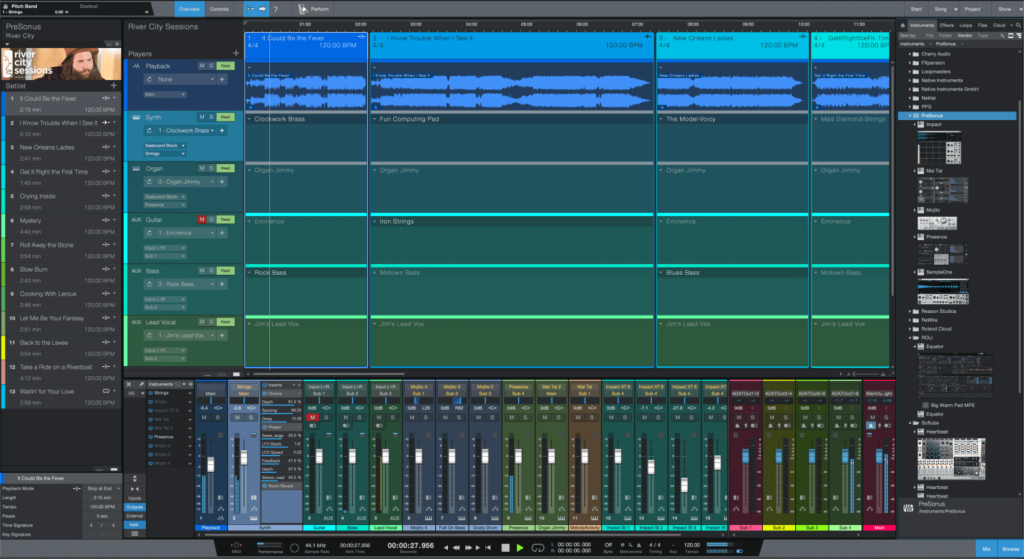
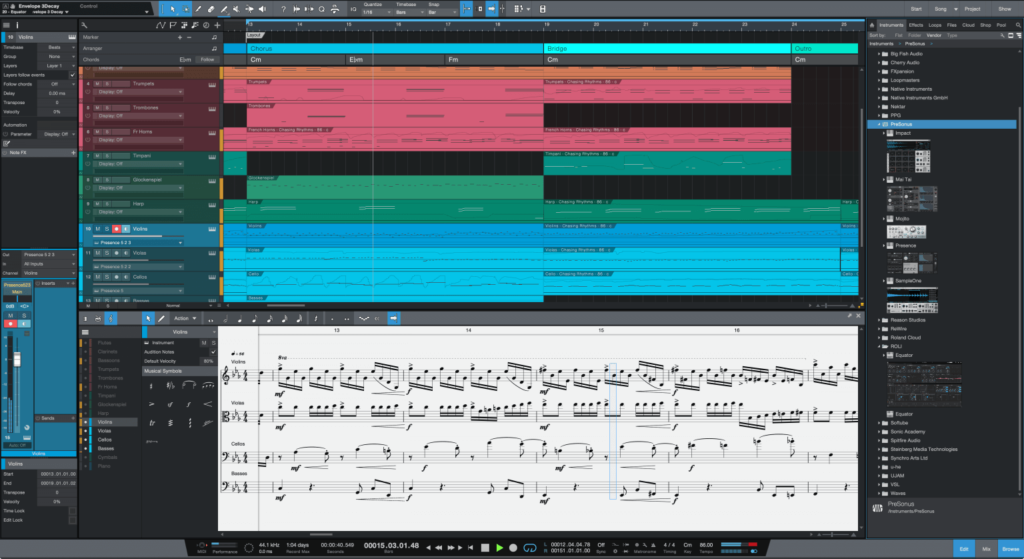
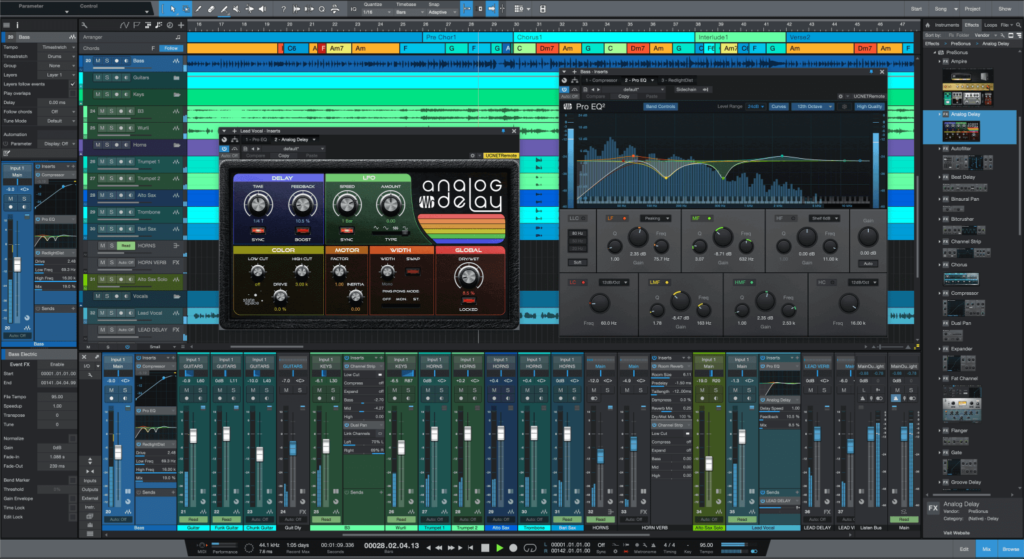
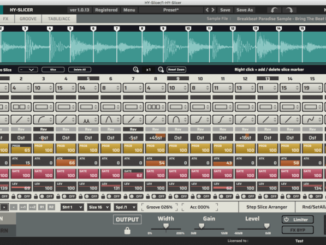
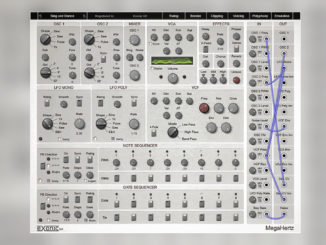
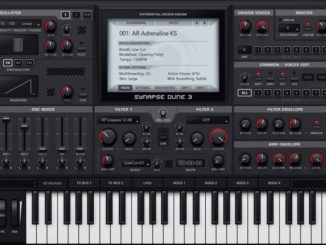
Be the first to comment